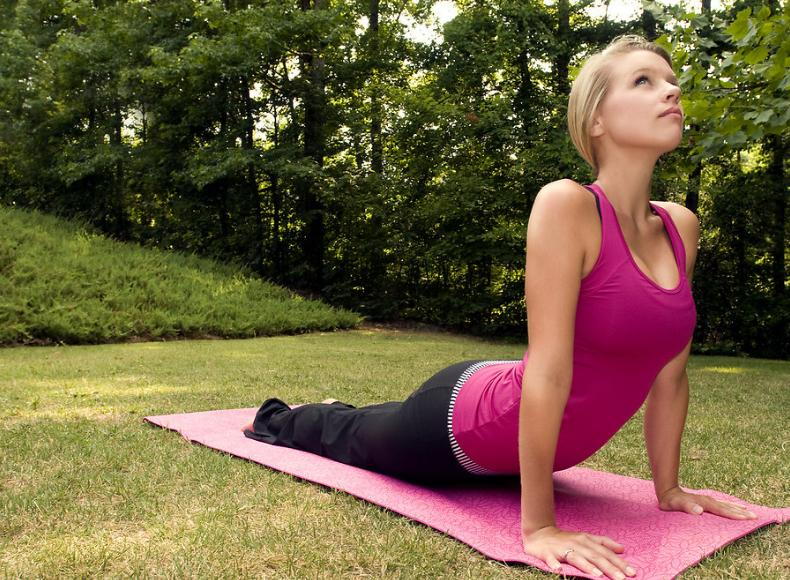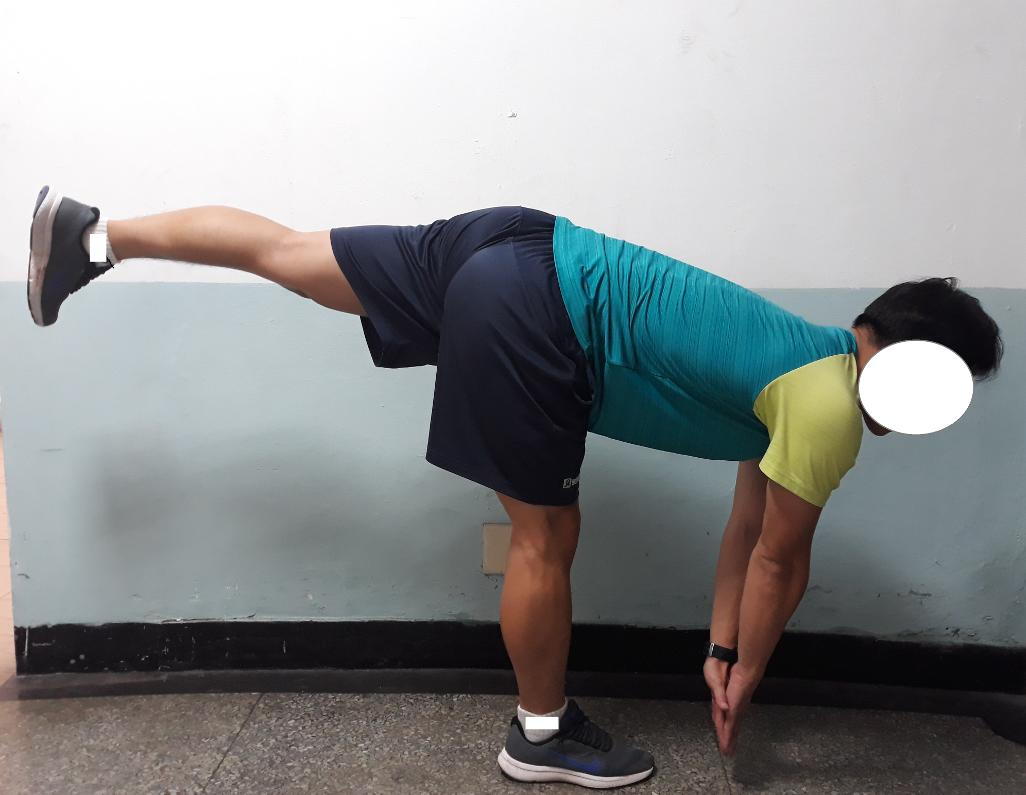Things I Wish Patients Knew - Stretching
posted: May 14, 2018.

Once in a while I like to share with patients some of the ongoing research in the fields of chiropractic and exercise science because it shows how much the healthcare profession is evolving and changing even in 2018.
This week’s post is about the secret to stretching your hamstrings and especially concerns those of you who are athletically inclined ;)
Have you ever woken up, rolled out of bed, and tried bending over to stretch your hamstrings only to feel a sensation best described as ripping, tearing, or pinching in the back of your legs? You might not be so surprised to hear that’s actually not what stretching is supposed to feel like.
One thing I wish more of my patients knew is that stretches are not meant to be done right out of bed - or more to the point - from a state of rest. Your muscles can stretch really far… but only after they have been warmed up.
A good way to explain how muscles work is by imagining a sponge: If you take a dry sponge (muscle at rest) and try to squeeze and twist it – you may notice it start to fray and rip after enough pressure. That is because dry sponges are less elastic and much less flexible. Likewise muscles at rest are much more resistant to stretch and are prone to injury if taken from 0 – 60 too quickly (stretching straight out of bed). Now take a soaking wet sponge. The risk of tearing a sponge when wet is much lower. The secret to flexibility in the sponge is the water. Similarly, the secret to stretching your muscles is your body’s circulation.
If you want to protect your muscles from injury the first thing you must do BEFORE stretching is:
Warm. Up.
Take 5 minutes. Do some jumping jacks. Run in place. Do squats. Pump some blood into your parched muscles.
Now that you’ve warmed up we can get to stretching. So obviously I should just bend over and touch my toes right? Not so.
According to new research by Chen et al (2018)[1], we might be doing more harm than good with traditional “bending at the waist and touching the floor” hamstring stretches.

In this new article they talk about “Dynamic Eccentric Closed-Chain” hamstring stretches. There’s a lot of science that goes into this but the basics are as follows: flexing or “contracting” the muscle during a stretch is better than just passively allowing it to pull under gravity etc. Stretching a muscle “dynamically” and “eccentrically” means its moving and being contracted while it’s stretching like when you stretch your neck by bringing your ear to your shoulder.
The study found stretching the hamstrings in this “closed-chain” method improved muscle strength and flexibility while stretching in the “open-chain” decreased strength and caused the knee joint to become less sensitive to changes in position which leads to increased injury.

This becomes extremely important when you are getting ready for a big game or training for a marathon. Stretching the wrong way can actually hurt your time and increase your chances of getting injured!
This article is still fresh off the press and, as usual, should be taken with a grain of salt. I’ve seen many different forms of hamstring stretching and I think it comes back to remembering to warm up before attempting any sort of muscle stretch. Gymnasts can take up to 2 hours doing cardio to prepare for a stretching session!
As always I appreciate all comments and input. Reach out to [email protected]
Good luck in your stretching endeavors! Your body will thank you.
Dr. Mourad Jalloul